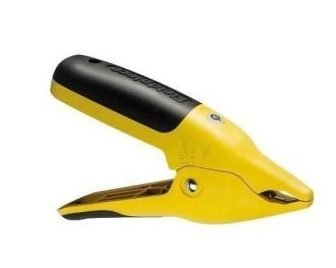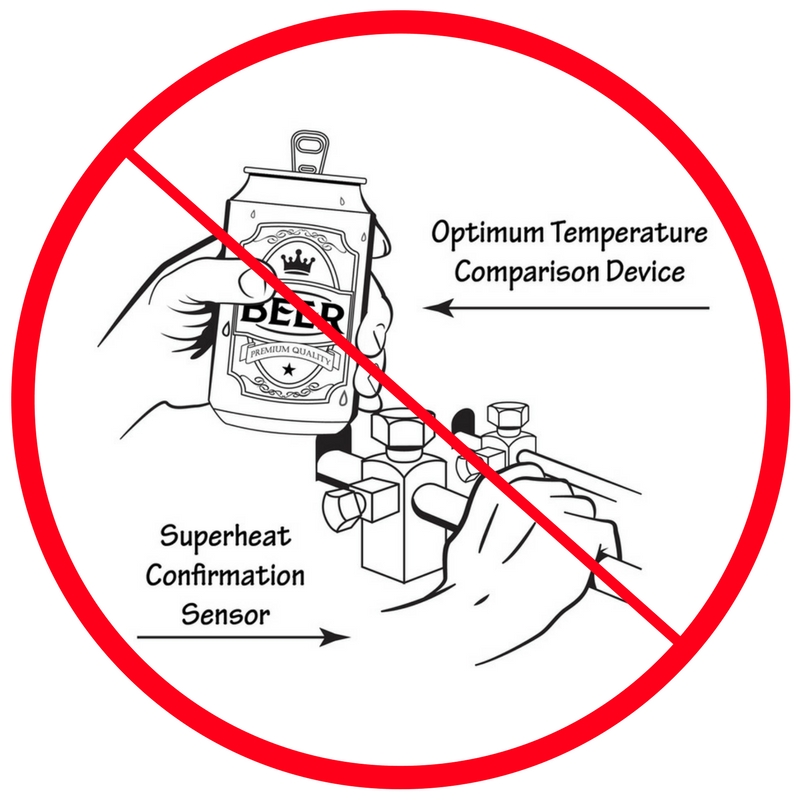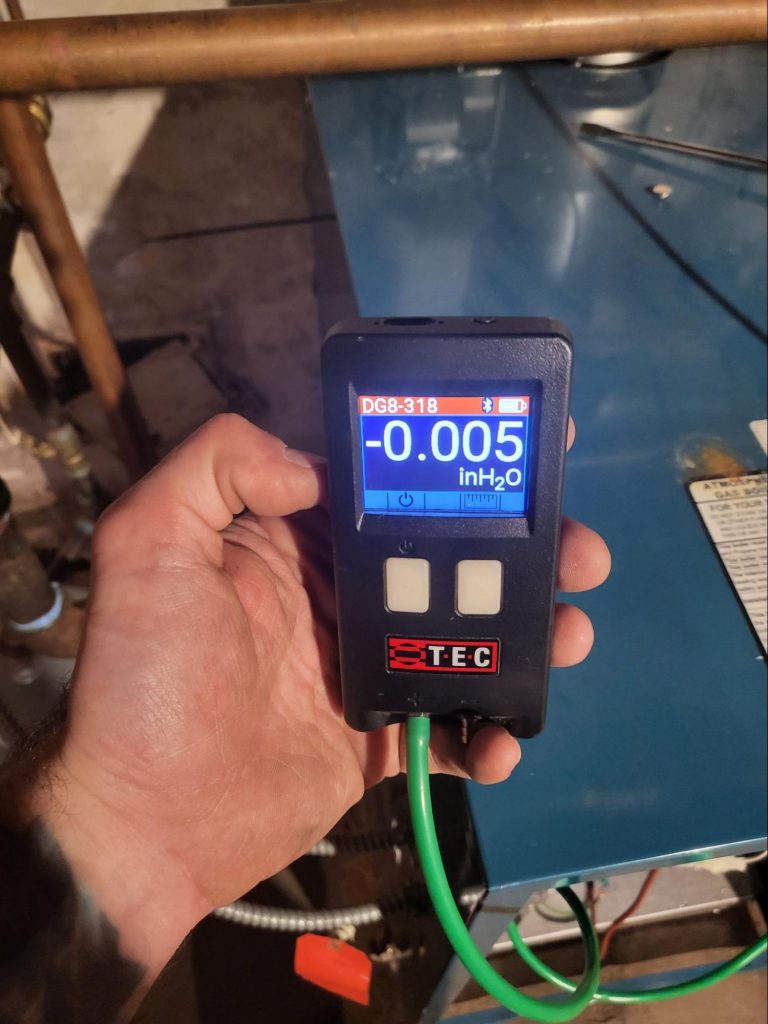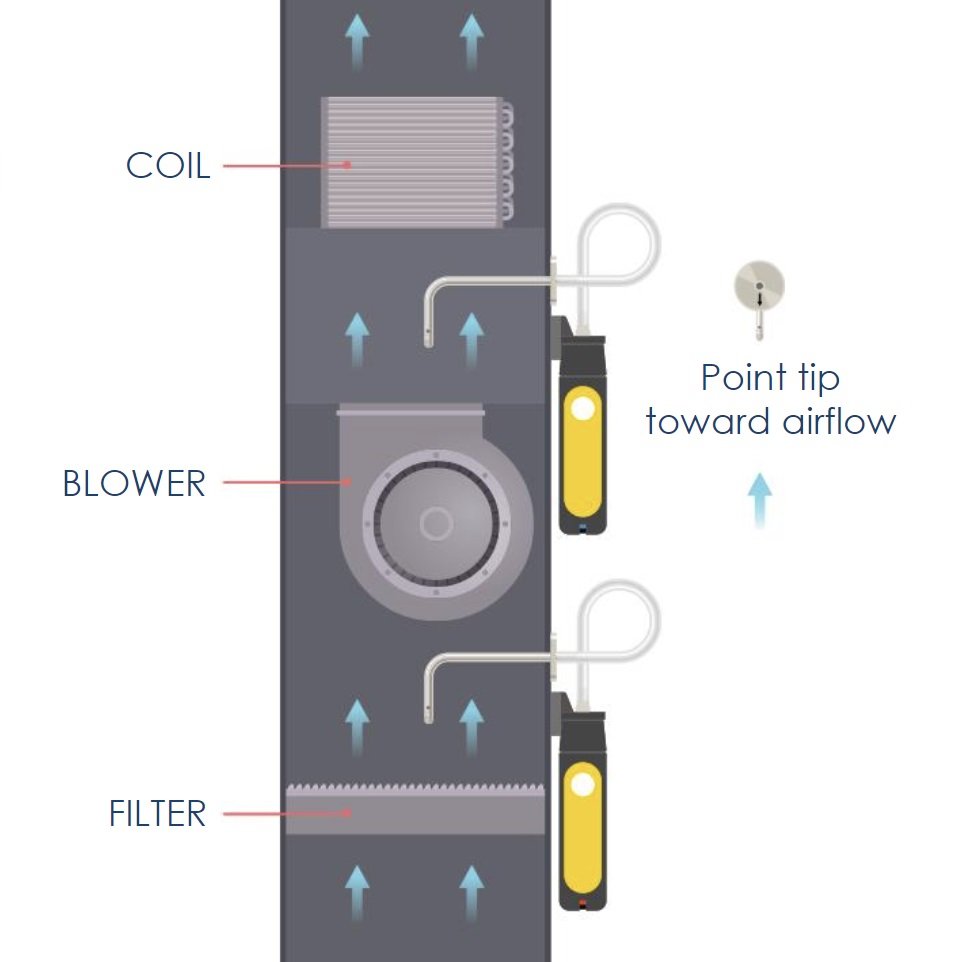Get Tech Tips
Subscribe to free tech tips.
Decoding Measurement Lingo
Troubleshooting and commissioning are entirely data-dependent processes. How can you know that a system is undercharged unless you measure the superheat and subcooling? How can you know how much static pressure a blower motor has to overcome? In both cases, we use tools and measurements to help us determine the next steps.
However, using the right tools for gathering data—and using them properly—requires a bit more nuance than one might expect. This tech tip is a guide to the different categories of readings we can gather out in the field, why they matter, and when they’re useful (or not).
Two Types of Data: Qualitative & Quantitative
I’m going to ask a quick question: which of the following statements gives us useful data?
- My pipe clamp read 95°F on the liquid line.
- It felt muggy when I walked inside that house.
Which one did you choose?
If you said the first one, you’re correct! If you said the second one, you’re also correct! They both tell us some useful information about the system, but they’re two different types of data.

The 95°F liquid line is quantitative data because it uses numbers. The second one—feeling muggy—is qualitative data because it’s something that can be observed, even if we don’t attach a number to it. The tools you buy are going to give you quantitative data by measuring the temperature, humidity, pressure, etc. So, how do we get qualitative data?
The good ol’ hand-ometer is an example of qualitative data. Not to mention, a lot of customers’ comfort complaints fall into this category. Customers who feel muggy or say that their upstairs rooms are warmer than downstairs are giving you qualitative data.
HVAC School advocates for the wide-narrow-wide diagnostic framework: start with the big picture, zoom in on an issue once it’s been identified, and then examine the rest of the system for other problems. Qualitative data is especially useful during the “wide” phases when you’re trying to get a feel for airflow coming out of the vents or condenser or looking for oil spots on the evaporator coil.
Should you set a charge using the hand-ometer, though? Well…
Accuracy vs. Precision vs. Resolution
While the hand-ometer is useful for those initial visual inspections before you pull out your probes, it’s not going to be a reliable tool for the “narrow” aspects of diagnosis.
If you put your hand on a suction line and feel “beer-can cold,” what are the odds that you’d nail the exact temperature (to the tenth of a degree Fahrenheit)? Realistically, you’ll most likely guess a few degrees off. The hand-ometer is less accurate than probes; accuracy is how close a reading is to the actual value, just like how an arrow that hits the bullseye is more accurate than one that hits an outer band of the target. We often measure accuracy against a standard or compare a tool to other tools of the same type.

Accuracy often gets confused with precision, which is the ability of a test instrument to produce consistent results that are close together. Let’s go back to our archery example; even if an archer fails to hit the bullseye, they can be precise if they hit the same spot on the outer band several times in a row. If they hit the bullseye several times in a row, that’s accurate and precise.
Accuracy is also often confused with resolution. Resolution is the smallest detectable change that a test instrument can detect. For example, a thermostat’s temperature sensor might read to the nearest degree, but a digital oral thermometer or a pipe clamp might read to the nearest tenth of a degree. Those are different resolutions. Some tools read in much finer scales than others; while your everyday manometer does measure pressure, it’ll be useless for something like zonal pressure diagnostics because we need to read pressure changes in the Pascal scale. (The 0.5”w.c. rule of thumb is equivalent to ~125 Pa.)

Absolute & Differential Measurements
Speaking of manometers, many of them have two ports. Dual-port manometers allow two static pressure probes to obtain data at once, which allows you to take measurements from two different points. You would do this if you wanted to measure the pressure drop across a filter, a blower, or a coil.

Data like static pressure drop describes the difference between multiple points, which is a differential measurement. You can measure the static pressure at any one point in the ductwork and collect data about the pressure being exerted in all directions, but it’s not going to mean the same thing as when you measure two different points and notice a large drop over a component like a filter. If you measure a large differential over a filter, it means your filter is too restrictive and negatively impacting the HVAC equipment’s performance (either because it’s dirty or by design).
The same is true of your meter leads when you measure voltage drop; you’re measuring the difference between two points, and that’s exactly why you’ll read 0 voltage across a closed switch. There will be live power, but there is no difference in the voltage or electrical “pressure” across a switch. If the switch is open, the electrical “pressure” is cut off where the circuit is incomplete, so we could read 240v from one point to another across the open switch. Delta T is another differential measurement; you’re measuring the temperature split across the coil. (Plus, delta is used to note a “change” or “difference” in science.)
Compare those types of measurements to something like your liquid line temperature or compressor amps. You’re measuring only one point, so you’re getting an absolute measurement. You may compare the data to a standard, but you’re not measuring the difference between points A and B on a system.
This tech tip probably isn’t the most practical one in the world, but it’s still good to understand the value of different types of measurements (qualitative vs. quantitative and absolute vs. differential). Then, you can go the extra step to figure out if your tool is accurate, precise, and of the proper resolution for the job at hand.
Jim Bergmann says it best: “You can’t measure feet with the odometer of your car.” Just because you have a tool that can measure distance doesn’t mean you have the right tool to measure distance in the scale you need.
Just because a tool is accurate and has a narrow window for error doesn’t mean it’s the right tool for the job—and you can get some helpful insight from the “hand-ometer” even if it doesn’t give you accurate, cut-and-dry numbers on a crisp digital display.











Comments
To leave a comment, you need to log in.
Log In